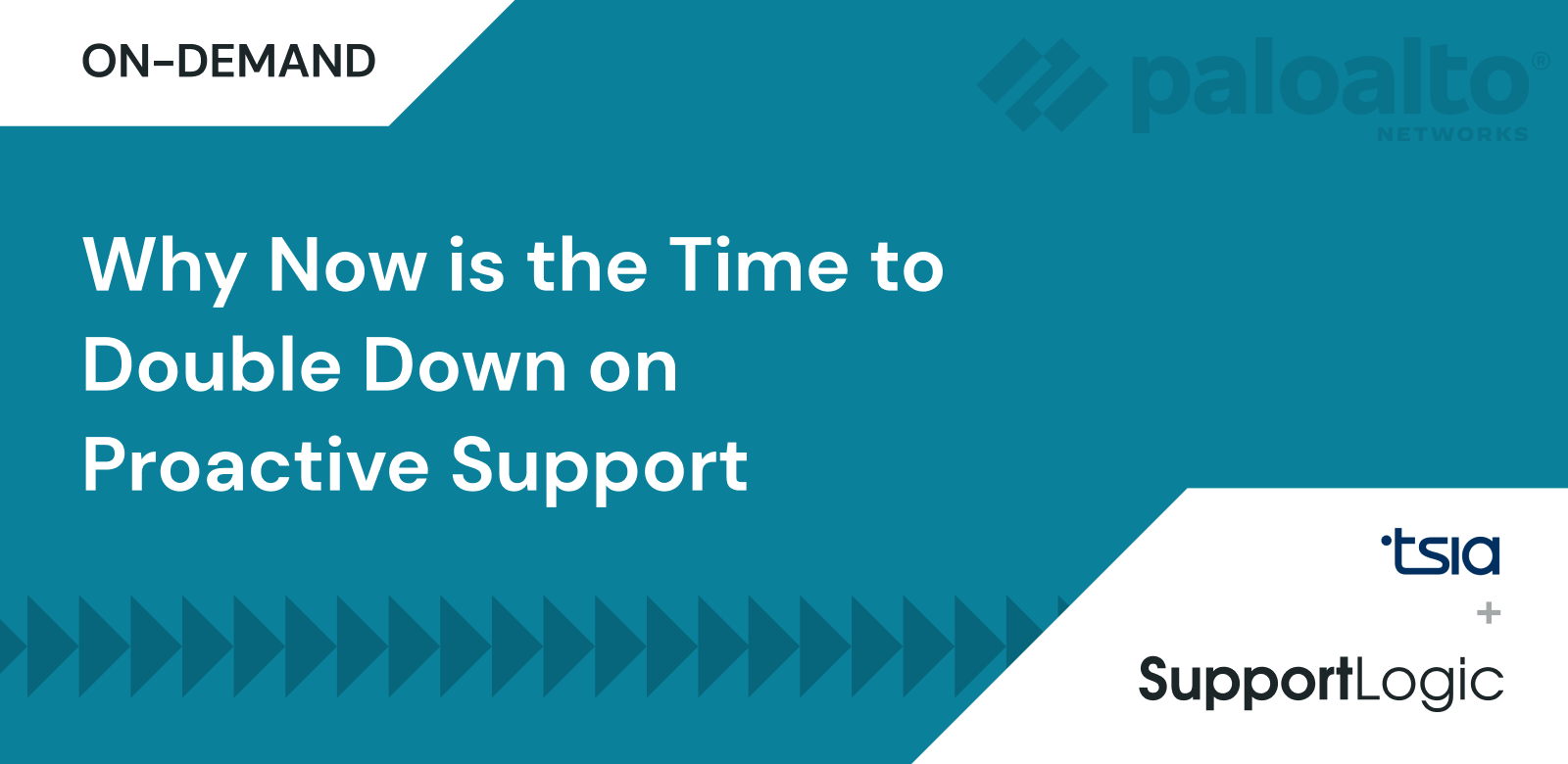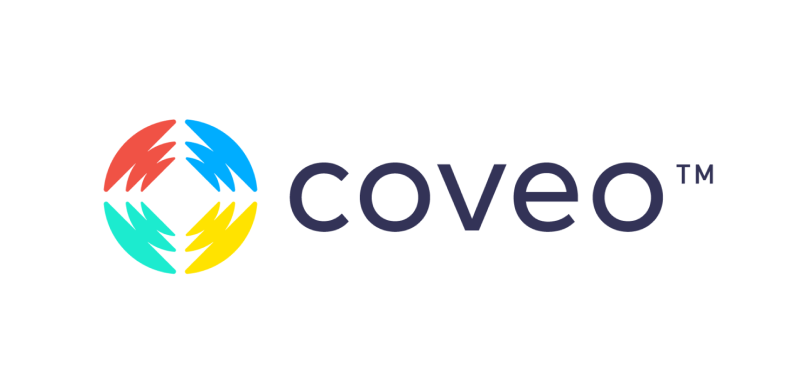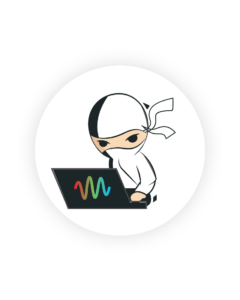
Nov 17, 2022
Intelligent Case Swarming: The Future of Support or Just Another Fad?
Support Experienceproactive supportcustomer escalationsnext gen support
Customers want speedy and expert service. In fact, 76% of consumers surveyed by Zendesk expect immediate support, and 61% would switch to a competitor after one bad customer service experience.
Yet, the first support agent that fields a customer query doesn’t always know the answer. Agents commonly need to consult knowledge base articles or other team members to solve more complex or specific problems. That’s why cross-team collaboration is so important for customer service. The question is, what model of collaboration works best?
In a recent webinar we discussed the increasingly popular (and controversial) “tier-less” customer service structure commonly known as “case swarming.”
Case swarming is when a support team ditches the traditional tiered support model for a tier-less model. Cases are no longer routed to specific agent pools based on urgency or complexity. Instead, support tickets are assigned to any agent.
Swarming is growing in popularity because it enables customers to get quick and accurate answers while only having to interact with a single agent. According to the Technology & Services Industry Association (TSIA), 30% of support organizations it surveyed have moved to such tier-less models. Salesforce has also been a big proponent of case swarming.
But is case swarming the right solution for everyone? Let’s discuss the pros and cons.
Arguments for case swarming
While single-tier support is still a somewhat novel concept, there is some data to support its merits. TSIA found that users of swarming and single-tier support saw NPS scores 12.4% higher than their peers not using a swarming model. The study also found that companies that employ a swarming process had 5.4% higher contract renewal rates.
It’s no surprise then that some CS experts view case swarming as the clear future and evolution of support.
Improves resolution times
Many proponents of case swarming initiatives cite shorter case resolution cycles as a key benefit. Instead of handing cases off to other agents, the agent that was first assigned the case can put the case “out to swarm” and let expert team members solve it right away.
This process of putting a case out to swarm can take place in a Slack channel or some other queue where experts can access and address the issue. So, while many individuals may contribute to the resolution of a case, the case will only have one “owner” throughout its lifecycle.
Salesforce and Slack teamed up to install a case swarming process that helped Salesforce resolve cases 26% faster compared to its previous multi-tiered approach.
Case swarming quickly identifies topics the assigned agent isn’t comfortable solving on their own and allows those with the right expertise to provide a solution.
All the agent needs to do then is collect and share the information with the customer.
Increases productivity
There is a lot less waiting in case swarming. If an agent uncovers an issue they cannot answer quickly, they can put that case out for community resolution. This leaves the agent free to start working on cases they know they can resolve without external help.
So, now the agent is taking on new cases that would have sat in the queue while they searched for answers and, simultaneously, sourcing team experts to get these answers.
Speeds agent onboarding
Also, when agents have the option to put cases out to swarm, customer service teams can get new agents in the mix faster. Agents can start taking cases without being absolute product experts. If they hit a snag early, they can always seek help both inside and outside the support team.
Case swarming inside the support team, where a senior member jumps in to help a junior agent, can also speed up onboarding and build up team camaraderie.
Brings in needed expertise
Customer support professionals have very challenging jobs. They require a unique combination of product knowledge and customer service “soft skills” to help build and maintain customer trust. Agents are also expected to continually stay on top of new product releases and changes being made to existing ones, which makes continual training paramount.
According to Zendesk, 68% of customers feel like most businesses need to improve the training of their customer service agents. Support organizations can provide more consistent support to every customer by giving agents access to top-tier expertise through swarming.
Subject matter experts can quickly connect with agents and provide laser-focused resolution advice, troubleshoot an issue, or uncover the need for a replacement or upgrade.
Arguments against case swarming
The success of swarming hinges on the ability to commit to this service model on a company-wide level. And while case swarming seems like a perfect solution under ideal circumstances, implementing the necessary processes and getting everyone to buy in might not be that easy.
Adds more complexity than it removes
While it may seem a simplifying move to have only one support “tier,” the actual process of case swarming can add more complexity and uncertainty to the support process.
Workflows, collaboration tools, and even policies need to be either created or adjusted to accommodate this new model. It can also complicate service-level agreements (SLAs). An SLA is a document that defines the level of service your customers expect from you. It sets metrics that measure the quality of your service and penalties you can incur if you fall short of these goals.
However, by including employees who are not part of the support team in the swarming process, SLA measurement becomes more complex.
The participation of employees outside of the support team also begs the question of incentives. Unless the entire company understands and has bought in on the value of swarming, there is no clear guarantee that requests for help outside of support will be met with urgency.
In the webinar, FT Works founder and principal Francoise Tourniaire talked about the importance of giving credit to the people who are helping, stating, “If I’m only rewarded at the end of the day for the cases that I close and not the cases that I help with, then my tendency is going to be taking care of myself first.”
Adding incentive programs to award and stimulate participation in swarming can be seen as another unnecessary layer of complexity that traditional support models don’t need.
Makes for “lazy” agents
Some might argue that if an agent always has a “safety valve” of putting a case out to swarm, this has the potential to negatively impact an agent’s progress and work ethic. The assumption is that agents might simply opt to allow others to do their work for them more often than not.
To protect themselves from “support laziness,” proponents of swarming initiatives often introduce protocols to guarantee that the agent is being proactive, such as:
- Requiring agents to search the knowledge base for answers before putting a case out to swarm.
- Requiring agents to capture resolution data uncovered in the swarm.
Also, some companies with swarming initiatives have noticed that even with the option available, many support teams do not see a high percentage of cases put out to swarm. Integration platform provider MuleSoft, which participated in the webinar I moderated, noted that only 10–15% percent of cases are solved via swarming.
Still, companies that introduce swarming must stay committed to training and education initiatives to solve the dilemma of how support agents can continue to “skill up” despite having seamless access to those who can answer the hard questions for them.
Over-taxes already busy SMEs
In some industries, and especially in the tech world, product and engineering teams are incessantly busy. These SMEs are already responsible for bringing complex products to market; do they really need one more responsibility?
Think about it. A product expert is on a deadline to get a feature ready to ship in the next quarterly release of a SaaS product. The pressure is on, and all of a sudden, they get a Slack notification asking them to drop everything and help resolve customer issues. Even though addressing the issue serves the greater good of the company, this added responsibility unequivocally undermines the SME’s primary responsibilities.
And what happens when an SME simply can’t respond? If it’s an urgent case for a VIP client, the delays in response may lead to missed SLAs and a lesser customer experience.
Assess your team needs to determine the right support model
There is no right answer when choosing the best support model. The structure of your support team, the expectations and preferences of your customers, and the complexity of your product or services need to be taken into consideration.
Some organizations may opt for a hybrid approach, retaining multi-tiered support models while also using collaboration tools like Slack to pull in subject experts where needed. The good news is that if you want to try case swarming to see whether it’s right for your support team, the technology needed to enable this model is getting easier and easier to put in place every day.
Check out the full “Improving the Support Experience with Intelligent Case Swarming” webinar for a deeper dive into the subject matter and insights from support experts.
Don’t miss out
Want the latest B2B Support, AI and ML blogs delivered straight to your inbox?





